TOTE BAGS
The Tote Bag Zera Offers You
We create our handbags with 6 main types of materials:
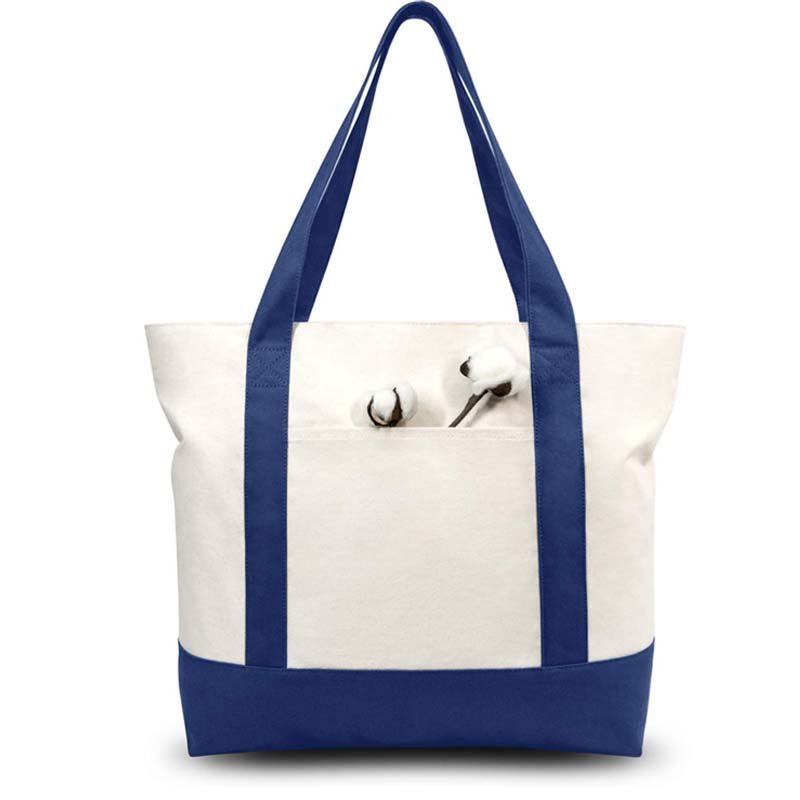
Cotton Series
Embrace eco-style with our cotton handbags—soft, breathable, and durable.
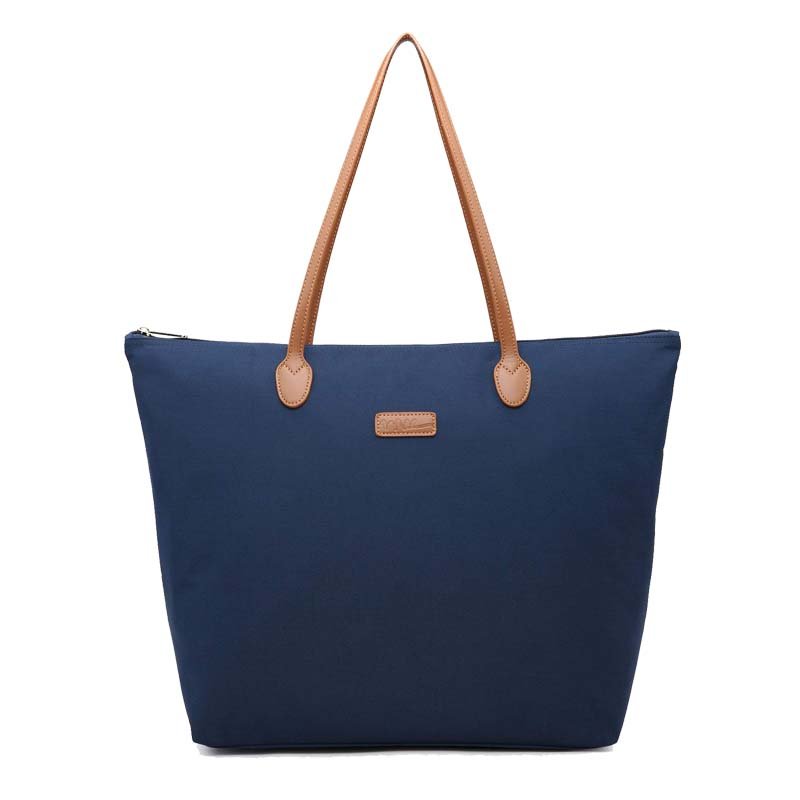
Nylon Series
Nylon allows for vibrant colors and intricate designs, ensuring your bag stands out
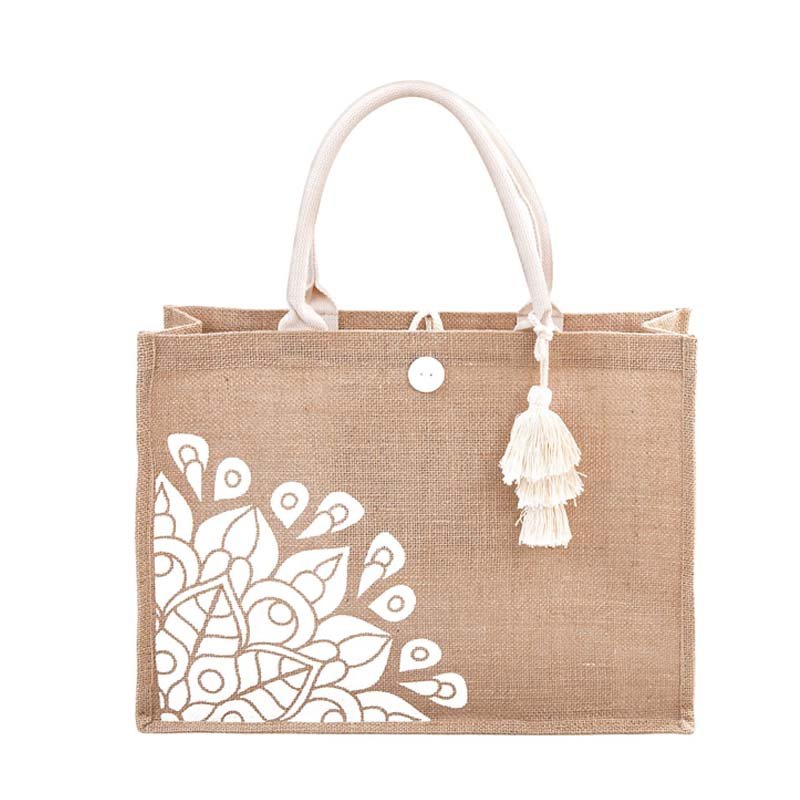
Jute Series
Eco-friendly and sturdy, known for their natural texture and strong durability.

Tyvek Series
Tyvek bags are known for their incredible durability and lightweight design. Water-resistant and tear-proof.

Mesh Series
Breathable and lightweight, perfect for carrying groceries or beach essentials, open weave design allows for visibility.

Clear Series
Modern look with their transparent design, making it easy to see contents at a glance.
Explore our handbag collection: Except versatile totes for daily essentials as like aboved, also have:
elegant shoulder bags for timeless style, unique die-cut designs for a standout look, and convenient foldable options
for on-the-go ease. Perfect for any occasion, each bag combines practicality with fashion.
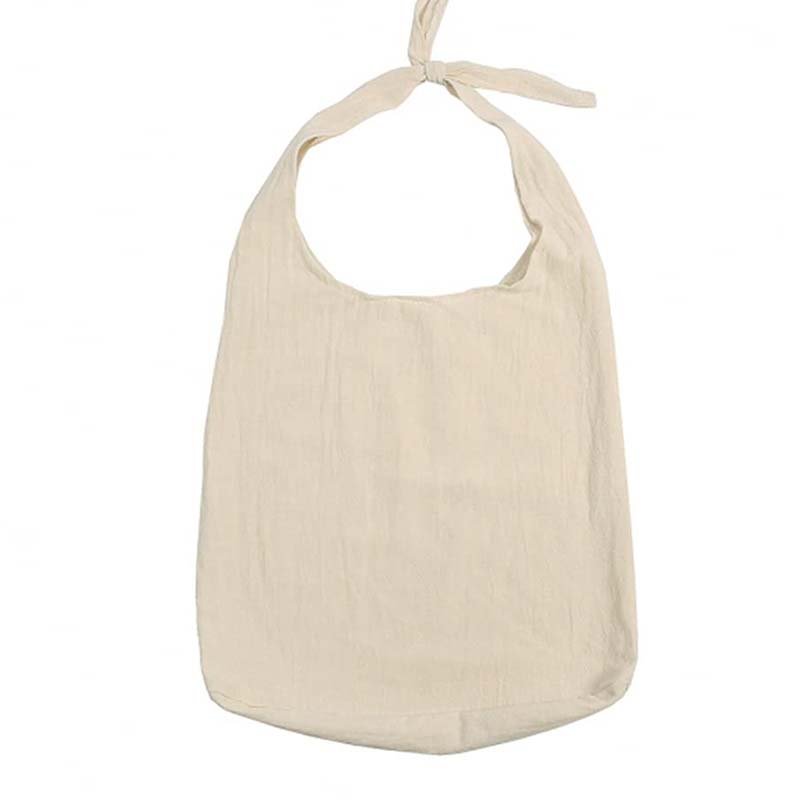
Shoulder Style
Shoulder bags offer comfort and easy access, designed to hang gracefully on your shoulder.
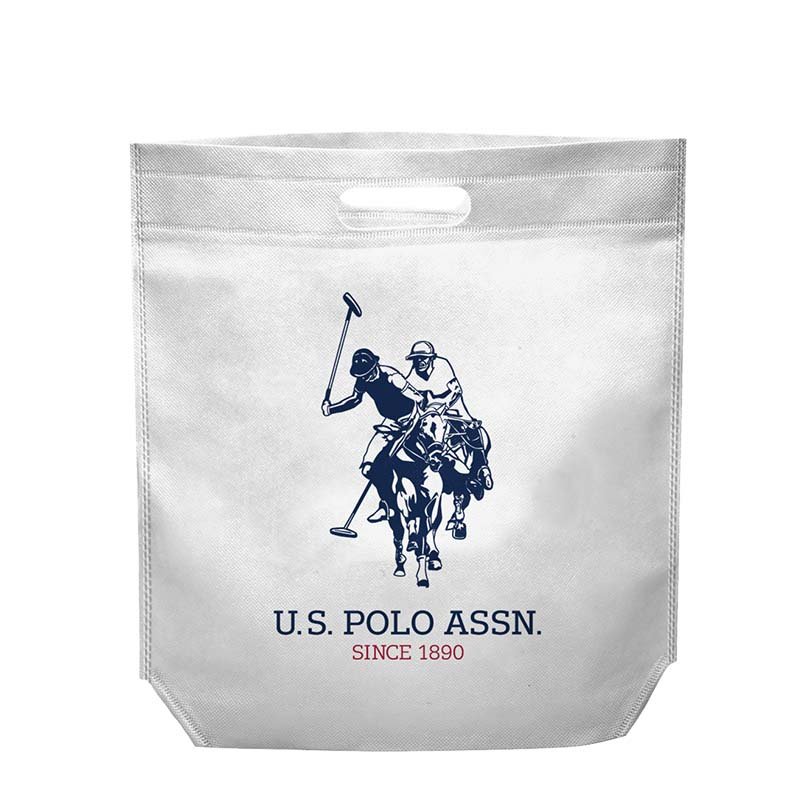
Die Cut Handle Style
Die-cut handbags stand out with their precise, creative shapes, offering a unique and eye-catching design.

Foldable Style
Ultra-convenient for easy storage, making them the perfect choice for on-the-go use shopping option.
LET'S CREATE!
Please advise your size, which material you may like and if logo needed, with these informaiton, we will back to you with solutions and quotation.
How To Select The Right Fabric?
Here is an overview of our standard materials, with options available for customization based on provided samples:
Cotton Fabric
Cotton handbags vary in thickness, affecting how they look and feel. We measure this thickness in ounces per yard. Let’s look at the common types and what makes each special:
8oz Cotton:Light and easy to carry around. Great for a quick trip to the store.
12oz Cotton: Not too heavy, not too light. Just right for your everyday things.
16oz Cotton: Sturdy and ready for a bit more weight. Think books or a small laptop.
20oz Cotton:These are the tough ones, good for carrying a lot without worrying about them ripping.


Nylon Fabric
Nylon handbags are popular for their durability and are available in various densities, like 420D and 600D.
210D Nylon: Lightweight and somewhat durable, suitable for lighter use.
420D Nylon: Offers a good balance of light weight and durability.
600D Nylon: Heavier and more durable, often used for more robust bags that need to withstand regular use.
1000D Nylon: Very thick and highly durable, used for high-end or specialty tactical bags.
Coating: PU Coating: Polyurethane coated nylon adds water resistance and durability.
PVC Coating: Provides waterproof qualities and adds to the fabric’s strength.
Water Resistance: Depending on the coating and density of the weave, nylon can be highly water-resistant, making it ideal for travel bags and outdoor gear.
JUTE Fabric
Jute fabric, typically comes in various specifications related to its weave, thickness, and sometimes treatment for durability and aesthetics.
Weight: Usually measured in ounces per yard² or grams per square meter (GSM). Common weights for handbags range from 200 to 400 GSM, depending on the desired sturdiness and use.
Weave Type: Hessian: Also known as burlap, this is a coarse weave that’s commonly used for its rustic look.
Sacking: A heavier, denser weave of jute used for more robust bags.


tyvek Fabric
Tyvek, made by DuPont, is a unique material often used for making handbags due to its durability, lightweight, and resistance to water and tearing.
Weight and Thickness: measured in grams per square meter (GSM). Common weights for handbags might range from 42.5 GSM to 105 GSM, depending on the required durability and feel.
Type:
Type 14: Lighter and more flexible, suitable for fashion-focused handbags.
Type 16: Slightly denser, offering a good balance between durability and flexibility.
Type 10 and 10B: Heavier and sturdier, ideal for more durable and rugged bags.
Tyvek is 100% recyclable, which appeals to eco-conscious consumers and brands looking to minimize environmental impact.
MESH Fabric
Mesh fabric, known for its open weave and breathable properties, is a popular choice for handbags that require ventilation and a distinct visual appeal.
Weight: Mesh fabric weights are typically measured in grams per square meter (GSM). The weight can affect the fabric’s durability and translucency, with lighter meshes being more see-through and less durable than heavier alternatives.
Weave Type:
The weave of mesh fabric can vary significantly. Some are tightly woven for more durability, while others have a looser weave for enhanced breathability and a lighter feel.
Hole Size: The size of the openings in mesh fabric can vary, affecting both the look and functionality of the handbag. Smaller holes provide more material strength and less visibility into the bag, while larger holes offer more breathability and a distinctive style.
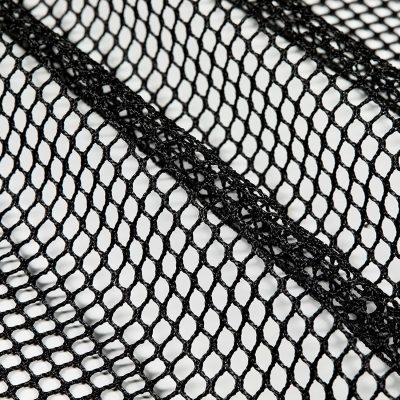

CLEAR Fabric
When referring to “clear fabric” for handbags, it typically involves materials like clear PVC (Polyvinyl Chloride) or TPU (Thermoplastic Polyurethane), which are transparent and offer unique characteristics for handbag design.
Thickness: Clear fabric, particularly PVC or TPU, is usually measured in millimeters or gauges. Common thicknesses for handbags range from 0.2 mm to 0.6 mm. The choice of thickness impacts the bag’s durability, flexibility, and appearance.
Transparency: The primary feature of clear fabric is its complete transparency, which allows the contents of the handbag to be visible. This transparency is also a popular design choice for style and functionality, especially in environments where bag contents need to be shown for security reasons.
Diverse Techniques for Imprinting Your Logo
When it comes to printing your design, different materials need different methods. Soft fabrics might use heat transfer for a gentle print, while tougher materials like canvas are great for screen printing, giving a strong, colorful result. For smooth materials, digital printing works best, offering detailed and vibrant designs. Each material works in its own way with these printing techniques, making sure your design looks its best and lasts long.
Silk

Embroidery

digital

HOT TRANSFER

To avoid these pitfalls, it’s important to carefully assess your needs, research the product, and read reviews before making a purchase.
- Choosing the Wrong Material
- Ignoring Size Specifications
- Neglecting Handling Requirements
- Compromising on Quality for Price
Our production process and timelines are set for efficiency, but we’re ready to adapt for special material requests. Trust ZERA for precision with the flexibility you require.
Step 1: Customized Design Services and Quotation (48 Hours)
In today’s fast-paced business world, time is as valuable as precision, we understand this balance. That’s why we offer personalized design drafts and quotations, meticulously aligned with your unique requirements.

Step 2: Sampling (7-14 days)
This expedited service ensures that your project stays on track, providing you with a tangible representation of your product for evaluation and testing. Embrace the opportunity to refine your design, ensuring the final product meets your exact specifications.
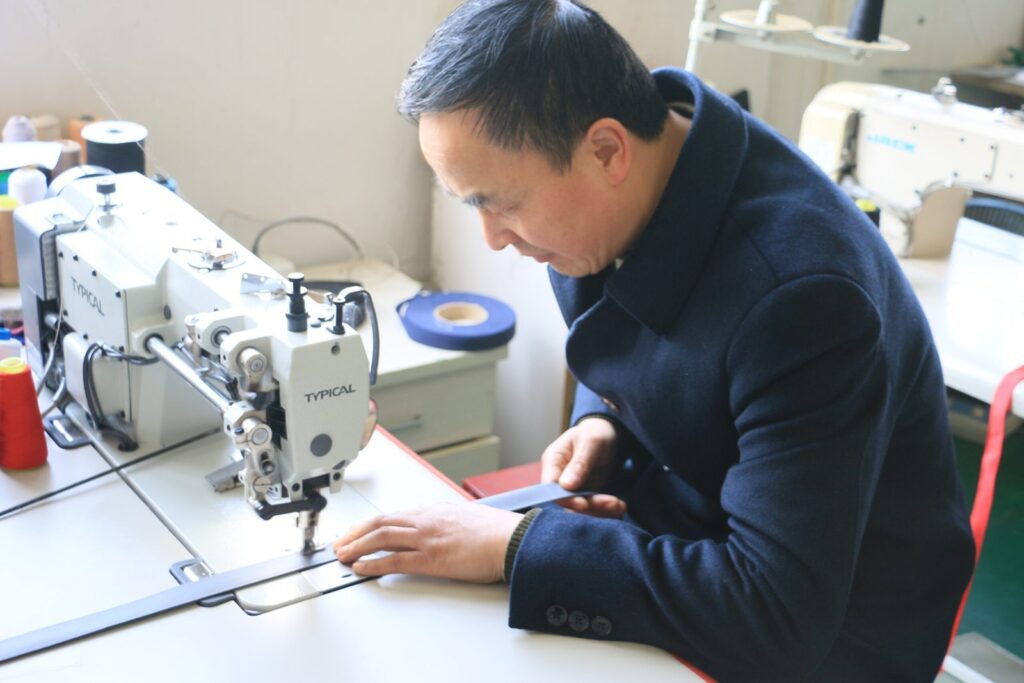
Step 3: Sample confirmation (5-7 days)
Once approved, we will source the raw materials and proceed with manual pattern making followed by cutting. The product will then go through printing and sewing to become the final product. After that, we will conduct a thorough inspection and handle the packaging.

Step 4: Bulk Manufacturing (30-35 days)
We deliver excellence in bulk manufacturing within a 30-35 day window, ensuring that your wholesale needs are met with precision and punctuality.
Material: 10-12 days.
Cutting, printing if had, sewing, Inspection and Package ( 20-23days).

Step 5: Shipping (30-35 days)
The period during which the goods are in transit, which may involve multiple modes of transportation such as sea, air, or land, it sets the expectation for you that there is a window for the entire logistical process, which includes not just the travel time but also the preparation and processing needed for international shipping.
By sea normally one month, if by air, one week.
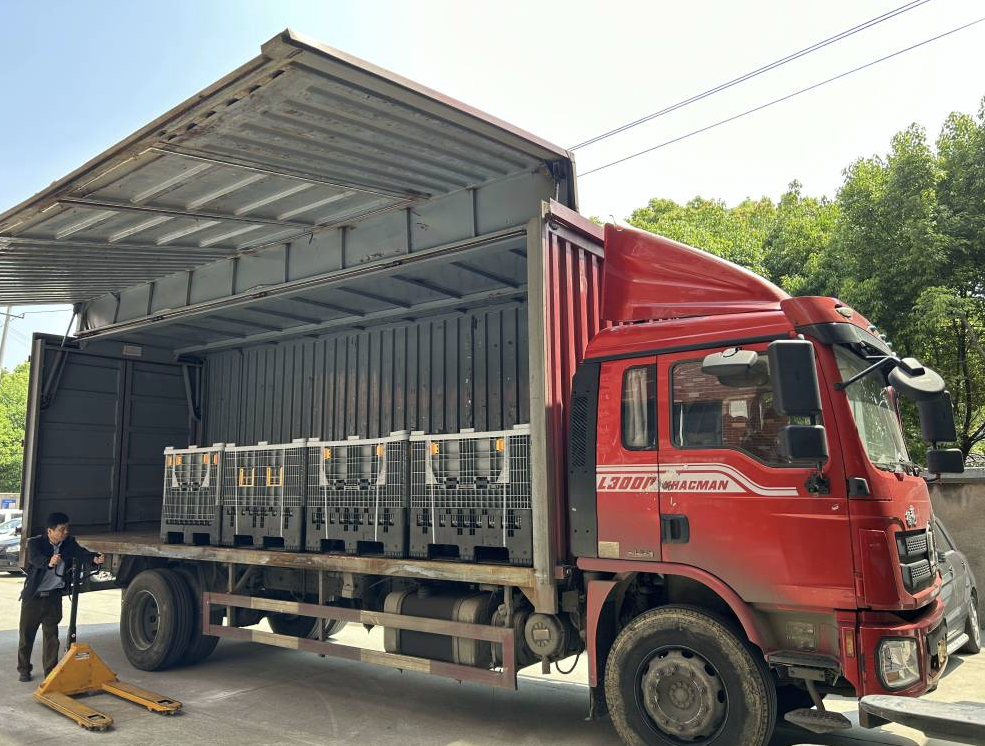
Want to know how to compress lead times?
Fast and effective communication with all parties involved is also essential to ensure quick decision-making and process adjustments.
Certifications
In the eco-friendly packaging market, certifications play a crucial role in establishing the environmental credibility of your products

RPET

ORGANIC

EN13432-7P2139
Got more questions? We are happy to answer all your queries.


